India is a land of staggering contrasts, where ancient traditions coexist with modern marvels and landscapes ranging from sun-drenched beaches to snow-capped mountains. With its rich cultural tapestry and vast geographic diversity, India offers an unforgettable experience to travellers from around the globe. However, choosing the best time to travel to India is essential to fully appreciate the country’s offerings. Due to its varied climates and regional weather patterns, the right time to visit can differ significantly depending on your itinerary and travel preferences.
This guide will walk you through each season, highlighting regional advantages, popular activities, and travel tips so you can plan your trip confidently and clearly. Best time to travel to India. Whether you’re drawn to spiritual journeys, wildlife safaris, tropical retreats, or cultural festivals, this comprehensive overview will help you decide the ideal time to embark on your Indian adventure.
Table of Contents
Understanding India’s Climate Zones
India’s vast geography gives rise to multiple climate zones. Broadly, the country experiences three major
Seasons:
- Winter (October to February)
- Summer (March to June)
- Monsoon (July to September)
Different regions offer unique experiences during these seasons. Let’s explore how each season affects travel plans and determine the best time to travel to India based on your goals.
Winter: October to February – The Best Time to Travel to India

Winter is the best time to travel to India, especially for first-time visitors. The weather is cooler and drier, and sightseeing is generally more comfortable.
Popular Winter Destinations:
- Rajasthan – Explore majestic forts and palaces in Jaipur, Udaipur, and Jodhpur without the scorching heat.
- Agra – Visit the iconic Taj Mahal under clear, blue skies.
- Kerala – Enjoy the serene backwaters and Ayurvedic retreats in pleasant, humidity-free weather.
- Goa – Perfect for beach holidays and vibrant nightlife during Christmas and New Year.
- Varanasi – Experience spiritual rituals on the ghats of the Ganges in a more relaxed climate.
Pros:
- Ideal for cultural and historical tours.
- Numerous festivals like Diwali, Christmas, Republic Day, and Lohri.
- Wildlife safaris are at their best, with animals frequently spotted near water sources.
Cons:
- High tourist traffic in popular areas.
- Premium rates for accommodations and flights.
Summer: March to June – For the Adventurous Spirit
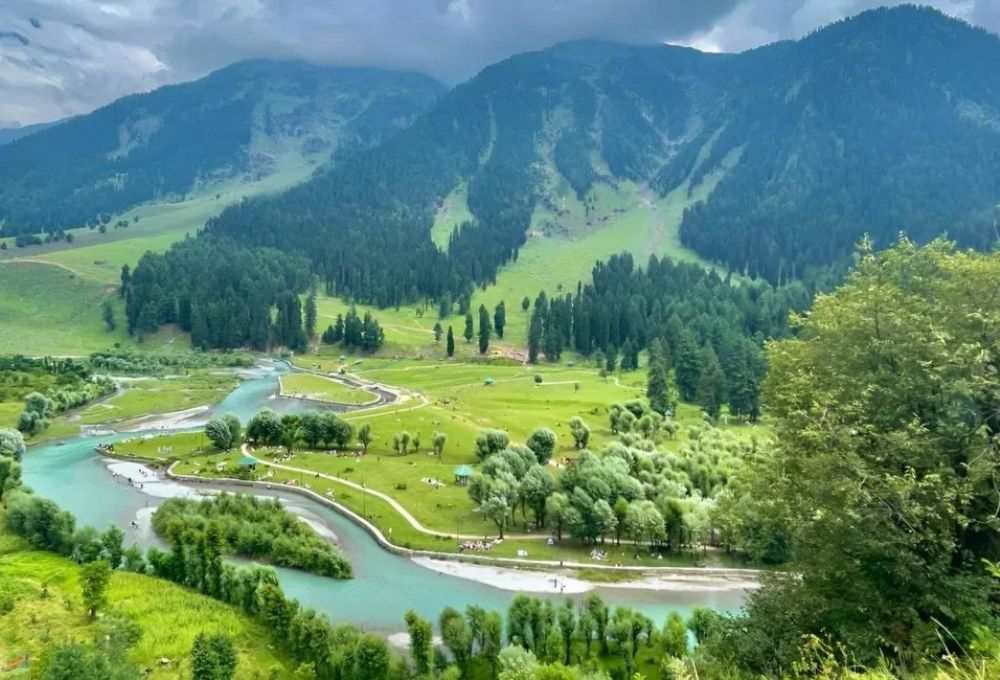
While summer is the best time to travel to India, it’s also the perfect season for exploring hill stations and Himalayan regions.
Popular Summer Destinations:
- Himachal Pradesh & Uttarakhand – Visit Shimla, Manali, Mussoorie, or Rishikesh to escape the heat.
- Kashmir & Ladakh – Explore breathtaking alpine valleys and take adventurous road trips.
- Darjeeling & Sikkim – Enjoy tea gardens, mountain treks, and Buddhist monasteries.
Pros:
- Fewer tourists in central and southern India.
- Great deals on accommodations in the plains and lowlands.
- Hill stations are lush, calm, and vibrant.
Cons:
- Scorching temperatures in most parts of India (especially the plains).
- Limited activities in low-altitude areas due to heat.
Monsoon: July to September – A Romantic, Rain-Soaked Retreat
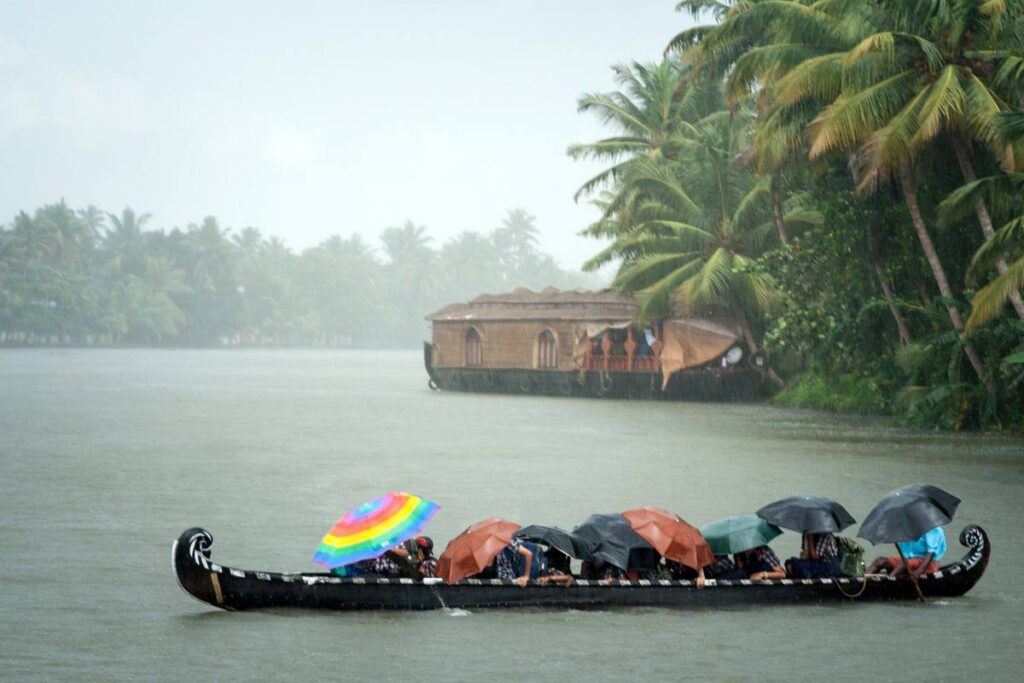
The monsoon season dramatically transforms the Indian landscape with lush greenery and cooler weather. While it’s not traditionally considered the best time to travel to India, it offers a unique charm for those seeking offbeat experiences.
Popular Monsoon Destinations:
- Kerala – Experience the magic of monsoon Ayurveda and see the scenic beauty in full bloom.
- Coorg & Munnar – Ideal for nature lovers and photographers.
- Meghalaya – Known as the wettest place on Earth, it’s an ethereal destination during the rains.
- Udaipur – The “City of Lakes” takes on a dreamy, romantic charm in the monsoon.
Pros:
- Lush landscapes and fewer crowds.
- Budget-friendly travel – discounts on flights and hotels.
- Ideal for wellness and spa vacations.
Cons:
- Risk of travel delays due to heavy rains.
- It’s not ideal for hiking or beach vacations.
Festivals & Cultural Considerations
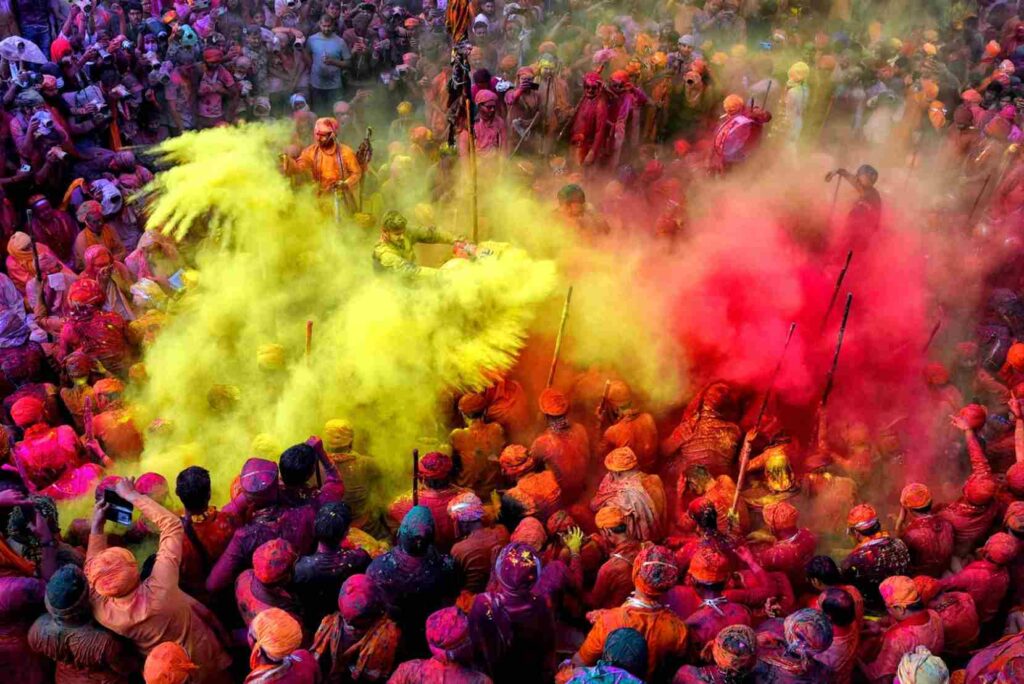
India’s calendar is rich with festivals that can make your trip even more memorable. Time your visit with events like:
- Holi (March) – The festival of colours is celebrated with joy across the country.
- Diwali (October/November) is the festival of lights, a magical time to experience India’s festive spirit.
- Navratri & Durga Puja (September/October) – Especially grand in Gujarat and West Bengal.
Experiencing a festival is often considered one of the best times to travel to India for cultural immersion.
Travel Tips for Choosing the Best Time to Travel to India
- Book in advance during peak tourist seasons (October–March).
- Check regional weather and tailor your itinerary accordingly.
- Stay hydrated and dress appropriately—light cotton in summer, layers in winter.
- Always carry travel insurance, especially during the monsoon.
- Be flexible with your travel plans in case of unexpected weather changes.
Summary: Best Time to Travel to India by Purpose
| Purpose | Best Time to Travel to India |
| Cultural & Historical Tour | October to March |
| Beach Holidays | November to February |
| Hill Station Escapes | March to June |
| Monsoon & Wellness Trips | July to September |
| Festival Exploration | Depends on festival (year-round) |
Conclusion
Deciding on the best time to travel to India is more than just checking weather reports—it’s about aligning your trip with your interests, comfort, and desired experiences. Whether you’re drawn to the golden deserts of Rajasthan, the spiritual energy of Varanasi, the tranquil backwaters of Kerala, or the dramatic peaks of Ladakh, each season opens a different chapter of India’s story.
Winter remains the top choice for those seeking the most comfortable conditions. However, adventurous travellers, culture enthusiasts, and budget seekers can find unique rewards every season. Best time to travel to India. With proper planning and an open mind, India is a destination that will meet and exceed your expectations, no matter when you go.
FAQs about the best travel pants for men
1. What are the best travel pants for men?
The best travel pants for men offer comfort, durability, and versatility. Look for pants made from breathable, lightweight fabrics like nylon or polyester blends that wick away moisture. Features like stretchy waistbands, multiple pockets, and quick-drying materials are also key for convenience and ease of movement. Popular options include cargo pants, travel jeans, and performance chinos, all designed to withstand various travel conditions while keeping you comfortable.
2. What features should I look for in travel pants?
When choosing travel pants, look for comfort, durability, and practicality. Key factors to consider include lightweight, breathable fabrics that wick moisture, a flexible waistband, and a stretchy material for easy movement. Multiple pockets, especially ones with zippers, add security for your essentials. Additionally, quick-drying, wrinkle-resistant fabrics are great for long trips, and convertible designs (like pants that turn into shorts) can be helpful in varying climates.
3. Are convertible pants a good option for travel?
Yes, convertible pants can be an excellent option for travel. They offer versatility, allowing you to zip off the legs and turn them into shorts when the weather gets warmer. This feature makes them a practical choice for varying climates.
4. Can travel pants be worn for both outdoor adventures and city exploration?
Absolutely! Many travel pants are designed to be versatile, making them suitable for both outdoor adventures and urban exploration. Look for stylish, comfortable pants that provide flexibility and can be dressed up or down depending on your destination.
5. What are the most comfortable travel pants for long flights?
Comfort is key for long flights. Look for pants made of soft, stretchy fabrics that allow freedom of movement. Elastic waistbands and a relaxed fit can also add to comfort. Options like the Lululemon ABC Pants and Uniqlo EZY Pants are popular for long flights due to their comfort and stretch.
6. Are travel pants easy to care for?
Yes, most travel pants are designed to be low-maintenance and easy to care for. Many are machine washable and quick-drying, making them perfect for travelers who need to wash clothes on the go.

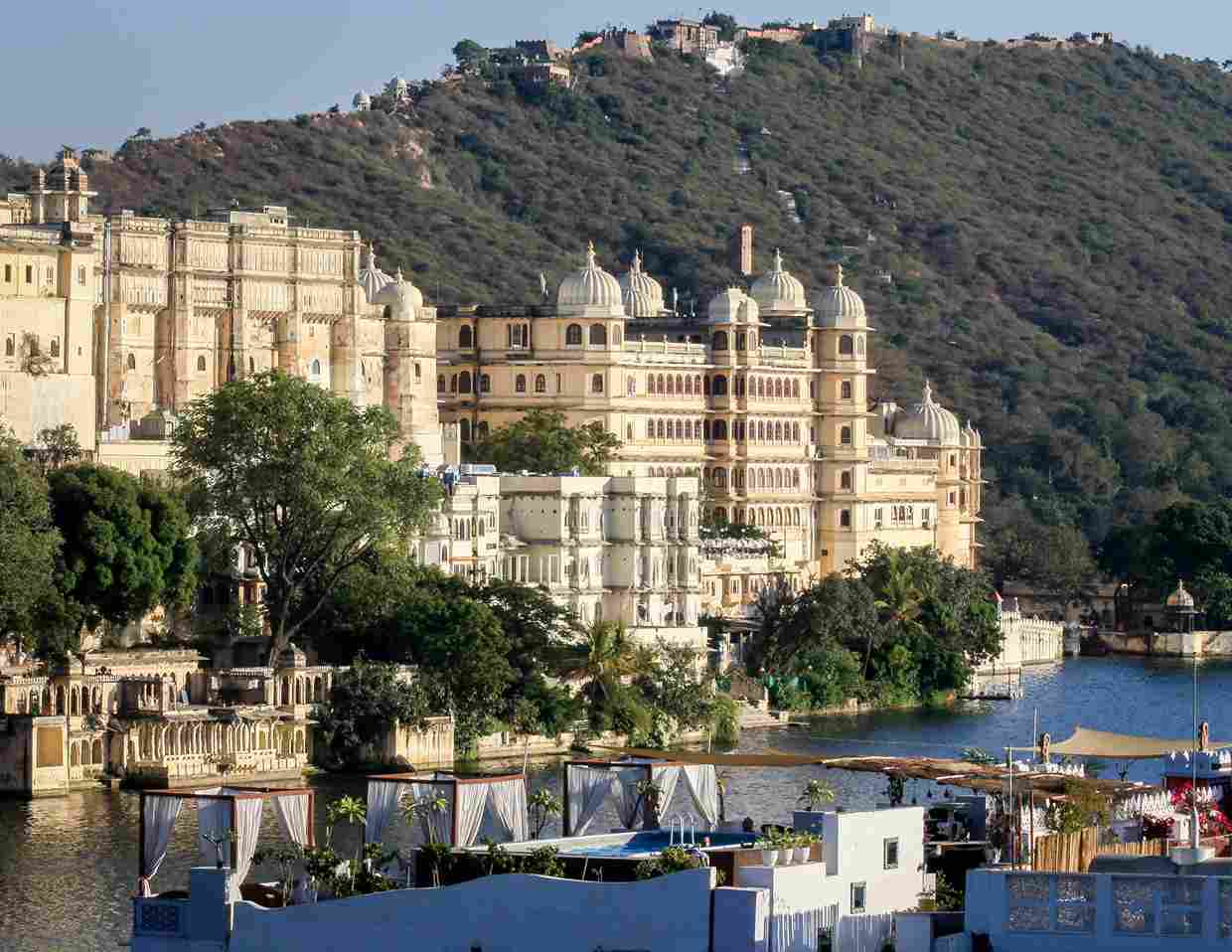
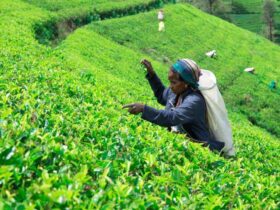
Leave a Reply